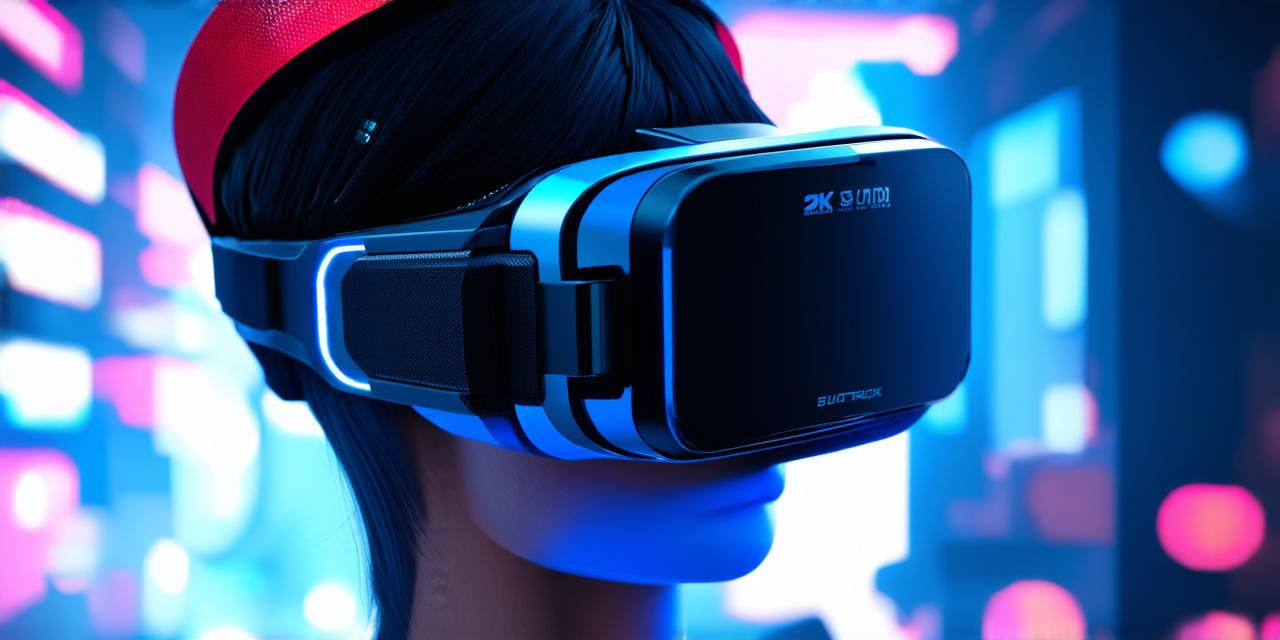Virtual reality (VR) headsets are devices that allow users to experience immersive digital environments as if they were in a real world. These headsets typically consist of a pair of goggles with displays that track the movement of the user’s head, allowing them to look around and interact with virtual objects.
The VR industry has grown rapidly in recent years, with companies like Oculus, HTC, and Sony releasing new models of VR headsets at an accelerated pace. These devices have become increasingly popular among gamers, as well as professionals in fields such as architecture, engineering, and medicine.
How do Virtual Reality Headsets work?
Virtual reality headsets work by tracking the movement of the user’s head using sensors and cameras built into the device. This allows the headset to adjust the displays in real-time, creating an immersive experience that feels as if the user is physically present in the virtual environment.
The displays used in VR headsets typically have high resolutions and refresh rates, which help to create a more realistic visual experience. Some headsets also use advanced tracking technology, such as eye-tracking and facial recognition, to further enhance the immersion of the user.
When choosing a VR headset, there are several key features to consider:
- Field of view: This is the angle at which the displays are positioned in relation to the user’s eyes. A wider field of view allows for a more immersive experience, but may also cause motion sickness in some users.
- Resolution and refresh rate: Higher resolution and refresh rates can help create a more realistic visual experience, but can also be more demanding on the user’s computer or gaming console.
- Connectivity options: Some VR headsets require a separate computer or gaming console to work, while others can be used with a smartphone or other mobile device. Consider your existing setup when choosing a device.
- Comfort and fit: VR headsets should be comfortable to wear for extended periods of time, and should fit properly to avoid any discomfort or strain on the user’s neck or face.
Real-World Examples of Virtual Reality
Virtual reality is being used in a variety of industries and fields, including gaming, architecture, engineering, medicine, and more. Here are some real-world examples of how VR is being used:
- Gaming: Virtual reality has revolutionized the gaming industry, allowing players to experience immersive environments and interact with virtual objects in ways that were previously not possible. Popular VR games include “Beat Saber,” “Half-Life: Alyx,” and “Resident Evil 7.”
- Architecture: Virtual reality is being used by architects and designers to create detailed, interactive models of buildings and environments. This allows clients to experience the space as if they were actually there, helping them make more informed decisions about design and layout.
- Engineering: Engineers are using virtual reality to simulate complex systems and test designs in a safe, controlled environment. This can help to reduce costs and improve efficiency, particularly in industries such as automotive and aerospace.
- Medicine: Virtual reality is being used in a variety of medical applications, including training doctors and nurses, treating phobias and anxiety disorders, and simulating surgical procedures. For example, the “Tilt Brain” VR device is used to treat patients with balance disorders and inner ear conditions.
FAQs
1. What is virtual reality?
Virtual reality is a technology that allows users to experience immersive digital environments as if they were in a real world.
2. How do virtual reality headsets work?
Virtual reality headsets track the movement of the user’s head using sensors and cameras, allowing the device to adjust the displays in real-time.
3. What features should I look for when choosing a VR headset?
When choosing a VR headset, consider the field of view, resolution and refresh rate, connectivity options, and comfort and fit.
4. What industries and fields use virtual reality?
Virtual reality is being used in gaming, architecture, engineering, medicine, and many other industries and fields.
